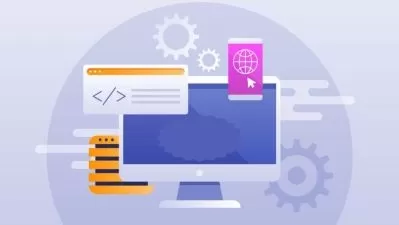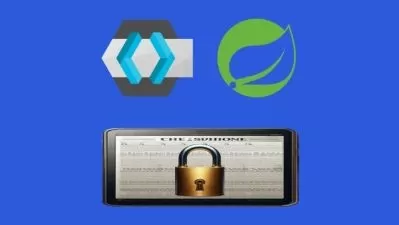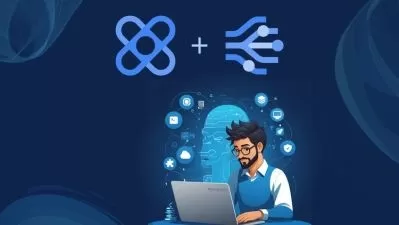About APILearn More
Application Programming Interfaces (APIs) are the glue you use to access other apps and services. If you build an API, you make it possible for other apps to make use of your service. There are a range of different API styles appropriate for different situations.
Sort by:
Sorting
The newest
Most visited
Course time
Subtitle
Frequently asked questions about API
An Application Programming Interface (API) is an interface through which a developer can allow one application to "talk" to another application, critically integrating separate applications without any potential disruption or miscommunication. When developing an application that interacts with other applications, it's vitally important that each application interacts through the API layer. Otherwise, the data may not be appropriately imported or exported, validated, or secured. Every application builds its specific API or methods of communication. Developers will need to learn about a given API to start using it. An API can provide a powerful way for developers to create an entire ecosystem of inter-related products like Adobe solutions or the Microsoft suite.
Both web developers and native application developers will occasionally need to use APIs. APIs are used to control the integration between a software product to another software product. For example, the popular payment processor and payment gateway PayPal has an API through which developers can connect to PayPal and process payments. Salesforce, a leading customer relationship management solution, has an API so that other products (such as enterprise resource management products) can connect to its data. While APIs may not apply in simple programming or development, they remain critically important to more advanced systems. Any programmer should be familiar with APIs, even though they may not be familiar with a specific API. Most APIs will come with their own documentation and training.
OAuth2 is an authorization framework that makes it possible for a third-party application to access an individual's credentials, given the individual's permission. OAuth2 frameworks make it possible for applications to interact seamlessly with each other. An example of OAuth2 is the ability for individuals to use a Facebook or Google login to log into virtually any website. The websites they are logging into do not have access to the user's login and password data, but they have access to things such as the person's profile name, profile picture, and email address. OAuth2 frameworks serve a critical role, as they establish a framework for developers to access and utilize third-party user data without collecting and archiving it themselves. OAuth2 also provides a vital layer of security and privacy protection.











